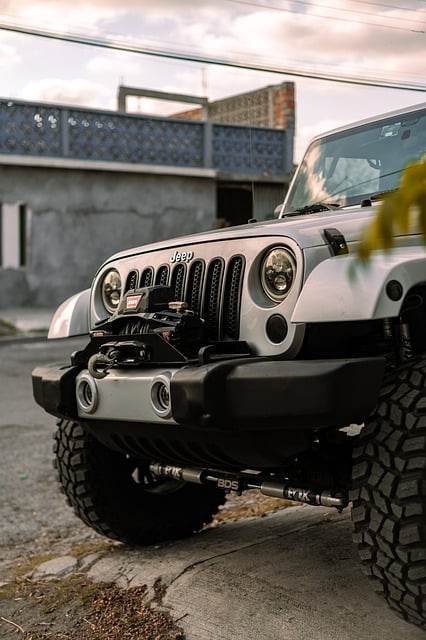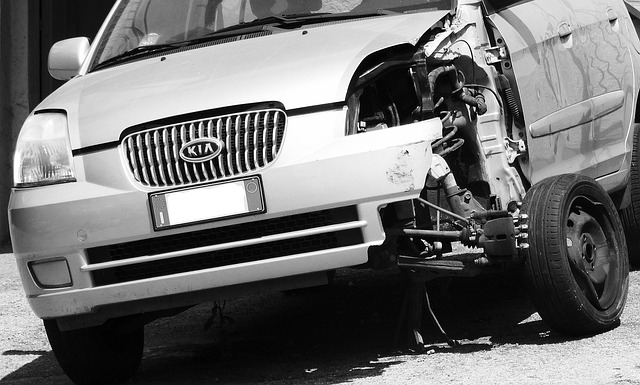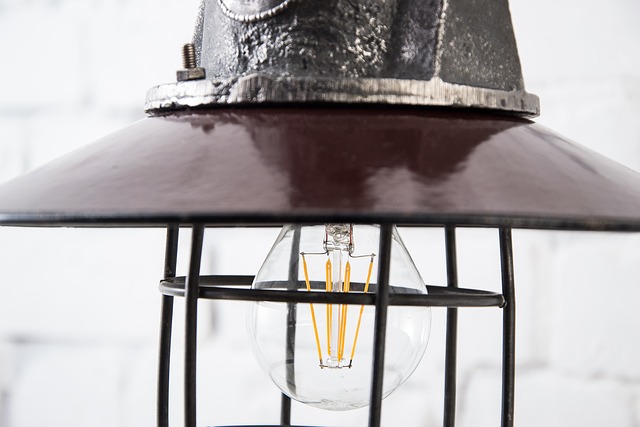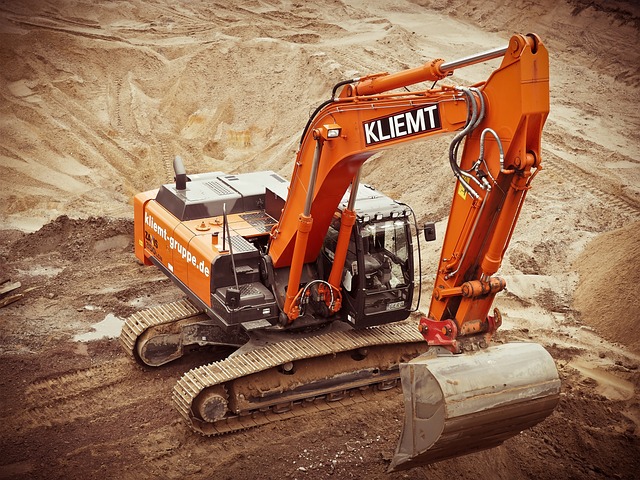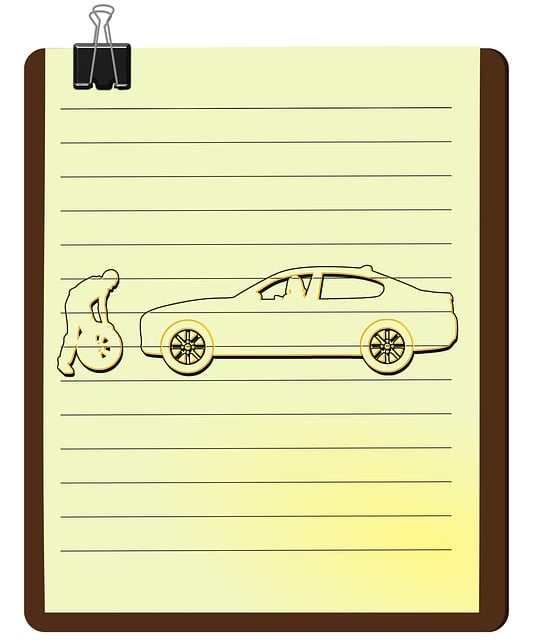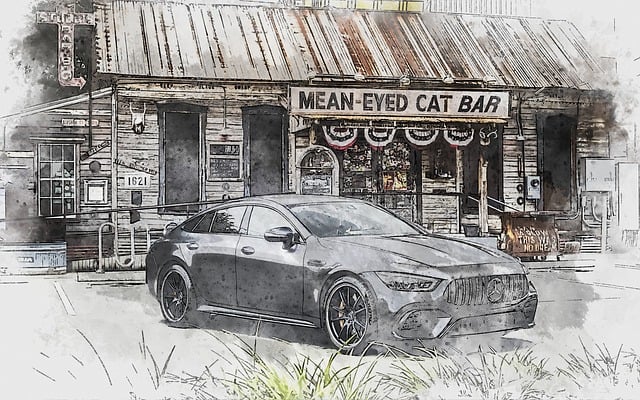Waterborne paint technology is an eco-friendly and effective solution for car body shops, offering faster drying times, reduced environmental impact, and superior finishes compared to solvent-based paints. To adopt this technology, auto shops should assess their facilities, restructure work areas, train staff, and invest in compatible tools. By following a strategic approach to implementation and application, including surface preparation, mixing, curing, inspection, and maintenance, shops can achieve high-quality results with waterborne paint, ensuring longer-lasting repairs with improved environmental conditions.
Introducing the future of auto shop painting: Waterborne Paint Technology. This innovative approach offers a cleaner, more efficient alternative to traditional methods, reducing environmental impact and improving air quality within your shop.
In this comprehensive guide, we’ll explore the benefits and advantages of adopting waterborne paints, from improved durability and faster drying times to reduced odor and VOC emissions. We’ll provide a step-by-step plan for preparing your auto shop for implementation and offer expert tips on application and maintenance.
- Understanding Waterborne Paint Technology: Benefits and Advantages for Auto Shops
- Preparing Your Auto Shop for Waterborne Paint Implementation
- Applying and Maintaining Waterborne Paints: A Step-by-Step Guide
Understanding Waterborne Paint Technology: Benefits and Advantages for Auto Shops
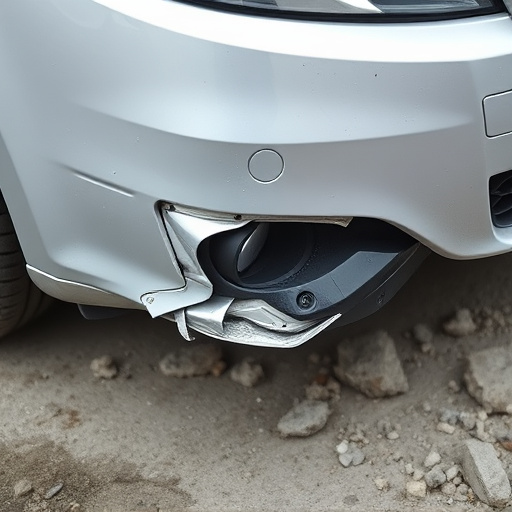
Waterborne paint technology is a revolutionary approach to automotive painting that offers significant advantages for car body shops. This innovative system utilizes water as the primary solvent, replacing traditional organic solvents, which leads to numerous environmental and operational benefits. By embracing waterborne paint, auto shops can reduce their carbon footprint and minimize exposure risks for employees, making it an eco-friendly and safer option.
One of the key advantages is its superior performance. Waterborne paints provide excellent coverage, durability, and fast drying times, ensuring high-quality finishes on vehicle surfaces, including complex shapes and intricate designs. This technology also enhances color accuracy, enabling body shop services to match original equipment manufacturer (OEM) colors precisely. Moreover, it offers better adhesion, making it ideal for repairing fender damage or other automotive body work, resulting in long-lasting, chip-resistant coatings.
Preparing Your Auto Shop for Waterborne Paint Implementation
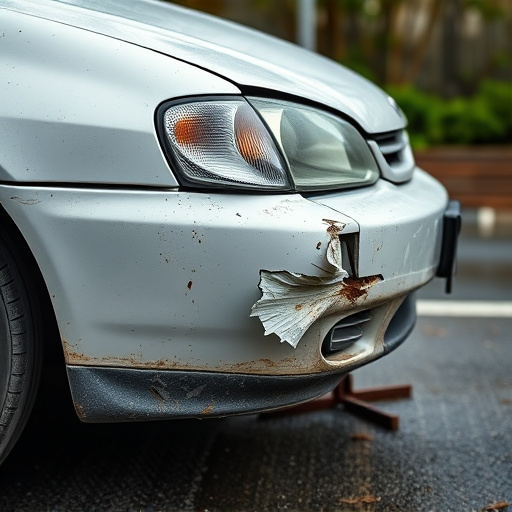
Implementing waterborne paint technology in your auto shop is a strategic move that promises enhanced efficiency and environmental friendliness. Before diving into this innovative system, preparing your workspace is paramount. Begin by evaluating your current facilities to ensure they meet the specific requirements of waterborne paints. This includes checking ventilation systems to support better air quality during application, as these paints typically require higher airflow to eliminate volatile organic compounds (VOCs).
Consider restructuring your auto body work areas to accommodate the new technology’s workflow. Dedicated spaces for preparation, painting, and curing are essential. Ensure your team is trained on waterborne paint handling, safety protocols, and application techniques. Stocking up on compatible tools and equipment, including specialized spray guns and protective gear, will ensure a smooth transition to this more sustainable car damage repair solution.
Applying and Maintaining Waterborne Paints: A Step-by-Step Guide
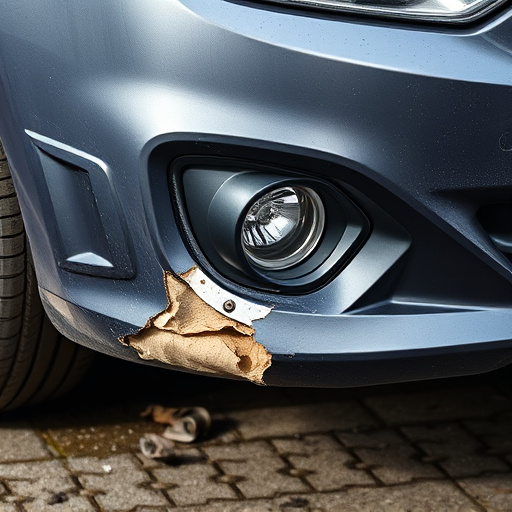
Applying waterborne paint technology in a vehicle body shop offers numerous advantages over traditional methods. Here’s a step-by-step guide to ensure efficient and effective results:
1. Surface Preparation: Begin by thoroughly cleaning and preparing the car damage repair area. This includes sanding, priming, and degreasing to create a smooth, contaminant-free surface for painting. Removing any rust or old paint is crucial to achieve a long-lasting finish.
2. Mixing and Application: In a collision repair shop, carefully mix waterborne paint according to the manufacturer’s instructions. Use clean tools and containers to prevent contamination. Apply the paint using a spray gun or roller, ensuring even coverage. Two thin coats are often better than one thick layer to promote fast drying and better adhesion.
3. Drying and Curing: Waterborne paints typically dry faster than conventional options. Allow the paint to cure as per the product guidelines, which may involve leaving it undisturbed for a set period or using specific curing lights or fans. During this time, maintain a clean environment to prevent dirt or dust from settling on the still-wet paint.
4. Inspection and Touch-Ups: Once dry, inspect the painted surface carefully. Look for any imperfections, runs, or uneven spots. If needed, perform touch-ups immediately to ensure a flawless finish. Regular maintenance and reapplication of topcoats will keep your waterborne paint job looking fresh.
Waterborne paint technology offers a greener, more efficient solution for auto shops seeking to enhance their painting processes. By embracing this innovative approach, businesses can reduce emissions, streamline workflows, and achieve high-quality finishes. With the right preparation, implementation, and maintenance as outlined in this guide, auto shops can fully leverage waterborne paint’s benefits, contributing to both environmental sustainability and operational excellence.
